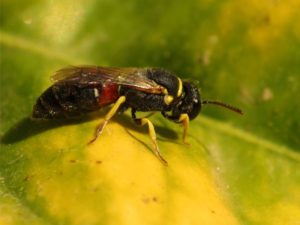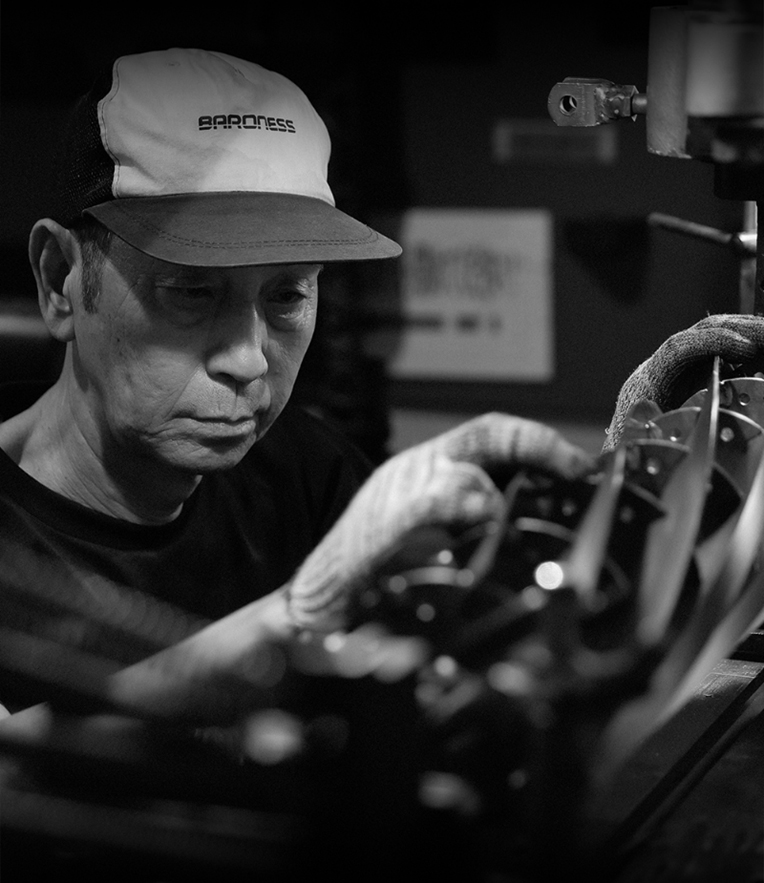 Exposure to neonicotinoid (neonic) insecticides leads to a decrease in pollination frequency and fewer social interactions in bumblebees, according to research published by scientists from Harvard University and University of California, Davis.
Exposure to neonicotinoid (neonic) insecticides leads to a decrease in pollination frequency and fewer social interactions in bumblebees, according to research published by scientists from Harvard University and University of California, Davis.
The study, released last year but presented lastweek at the Society for Integrative and Comparative Biology’s annual meeting, underscores the need for regulators and policy makers to eliminate use of these chemicals, not only to protect honey bees, but also wild pollinators like the bumblebee.
While worker bumblebees (Bombus impatiens) divide their tasks within the colony in a similar manner to honey bees, their nests appear quite different than their more structured cousins. “Bumblebee nests are not the organized, beautiful geometry of the honeybee,” said James Crall, PhD candidate in Harvard’s Department of Organismic and Evolutionary Biology. Instead, “They’re more a hodge-podge of food and larvae in a pile in the middle of the nest space.”
For their study, researchers placed four bumblebee colonies in a mesh enclosed area, tagged each bee, and observed them foraging on tomato flowers grown in a pollinator-excluding greenhouse (to ensure bees had freshly-opened flowers for pollination each day). After observing normal behavior, bees within each colony were then randomly assigned to ingest increasing levels of the neonic imidacloprid (0, 0.0515, 0.515, or 5.15 ng of imidacloprid, respectively). Results show that workers exposed to imidacloprid tend to move toward the outside edge of the nest and spend less time caring for their brood (young).
Pollination by individual workers is also significantly affected by imidacloprid exposure, with pollinating worker bees less likely to resume foraging after being exposed. The morphology of the tomato flower makes it nearly impossible to be successfully pollinated by honey bees. Instead, bumblebees (and certain other wild pollinators) “sonicate,” or buzz tomato plants by producing a vibration that shakes loose the plant’s pollen. But researchers found that even at low and modest doses (0.515, or 5.15 ng) neonic exposure makes pollination significantly less likely.
To read the full article, click here


























